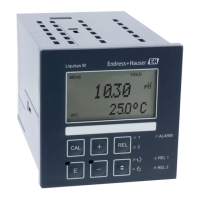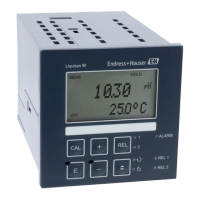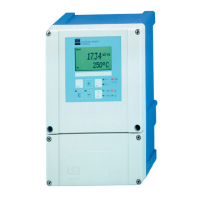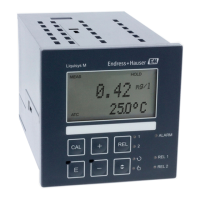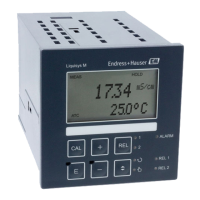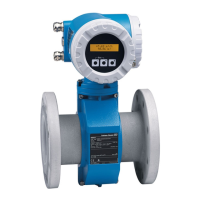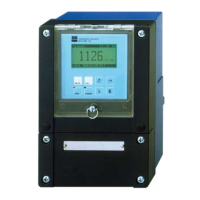What to do if Endress+Hauser Liquisys M CPM223 shows instrument software version not compatible?
- MMary DelacruzSep 9, 2025
If the instrument software version is not compatible with the module hardware version, load software that is compatible with the hardware. Also, load measurement-parameter specific device software.
